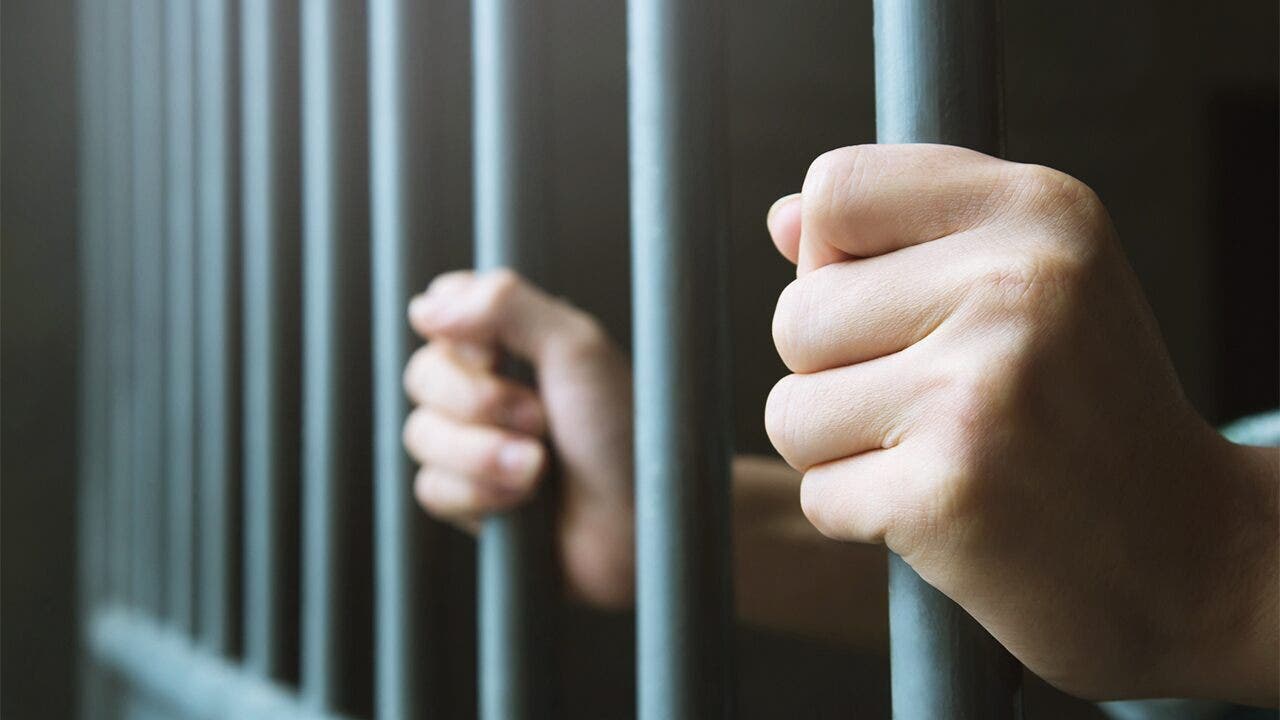NATO allies are inching closer to sending troops into Ukraine to train Ukrainian forces, a move that would be another blurring of a previous red line and could draw the United States and Europe more directly into the war.
Ukraine’s manpower shortage has reached a critical point, and its position on the battlefield in recent weeks has seriously worsened as Russia has accelerated its advances to take advantage of delays in shipments of American weapons. As a result, Ukrainian officials have asked their American and NATO counterparts to help train 150,000 new recruits closer to the front line for faster deployment.
So far the United States has said no, but Gen. Charles Q. Brown Jr., the chairman of the Joint Chiefs of Staff, said on Thursday that a NATO deployment of trainers appeared inevitable. “We’ll get there eventually, over time,” he said.
For now, he said, an effort inside Ukraine would put “a bunch of NATO trainers at risk” and would most likely mean deciding whether to use precious air defenses to protect the trainers instead of critical Ukrainian infrastructure near the battlefield. General Brown briefed reporters on his plane en route to a NATO meeting in Brussels.
As a part of NATO, the United States would be obligated under the alliance’s treaty to aid in the defense of any attack on the trainers, potentially dragging America into the war.
The White House has been adamant that it will not put American troops, including trainers, on the ground in Ukraine, a position that an administration official reiterated on Thursday. The administration has also urged NATO allies not to send its troops.
But in February, President Emmanuel Macron of France said that “nothing should be ruled out” when it comes to sending Western troops to Ukraine. Mr. Macron has doubled down on his comment since, including after senior American diplomats asked him to stop.
The government of Estonia has not ruled out the possibility of sending troops to western Ukraine to take over rear roles that could free Ukrainian troops to go to the front, Estonia’s national security adviser said this week.
Lithuania’s foreign minister, Gabrielius Landsbergis, backed Mr. Macron’s stance in an interview with the The Guardian last week. “Our troops have been training Ukrainians in Ukraine before the war,” he said, adding, “So returning to this tradition might be quite doable.”
The American military has done training for Ukrainian troops in Poland, Germany and the United States, but pulling troops out of Ukraine is time consuming. American officials now acknowledge that the current training by Ukrainian forces is not sufficient, and that they need better and faster training to push back on an expected Russian drive this summer.
The United States used to help run a NATO training program at Yavoriv, in western Ukraine, but American troops were pulled out from there at the start of the war.
American and allied training has not always been successful. Before a Ukrainian counteroffensive last summer, U.S. soldiers provided training in Germany to Ukrainian units on maneuver warfare, mine clearing and other tasks. But learning how to use tanks, artillery and infantry troops in a coordinated way is difficult, particularly in a short 12-week period. Compounding the problem is that Ukrainians are facing a battlefield far different and more intense than what American forces have fought on in recent years.
Moving the training into Ukraine, military officials acknowledge, would allow American trainers to more quickly gather information about the innovations occurring on the Ukrainian front lines, potentially allowing them to adopt their training.
NATO last month asked Gen. Christopher G. Cavoli, the supreme allied commander for Europe, to come up with a way for the alliance to do more to help Ukraine that would mitigate risks. A U.S. official said on Wednesday that one possibility could be training Ukrainian troops in Lviv, near the country’s western border with Poland.
But Russia has already bombed Lviv, including a few weeks ago when Russian cruise missiles struck critical infrastructure there.
Some officials say that large numbers of new Ukrainian recruits might still be sent to sprawling training ranges in Germany and Poland.
But logistically that requires transporting the troops to the U.S. Army’s training grounds in Grafenwoehr, Germany, putting them through complex maneuvers meant to teach them combined arms warfare and then sending the troops nearly 1,000 miles through Lviv and then Kviv for deployment to the front lines.
“Remember, when Russia first invaded Crimea in 2014, we sent increased troop numbers into Ukraine to train Ukrainian forces in western Ukraine, and we kept rotating them in all the way to 2022, when we got spooked and withdrew them,” said Evelyn Farkas, the former top Pentagon official for Ukraine during the Obama administration. “It shouldn’t surprise anyone now, when manpower is in short supply at the Ukrainian front, that NATO members and the alliance leadership consider how to help again from the rear.”
Other NATO allies, including Britain, Germany and France, are working to base defense contractors in Ukraine to help build and repair weapons systems closer to the combat zone — what military officials have described as a “fix it forward” approach. Current and former U.S. defense officials said the White House is now reviewing its ban on allowing American defense contractors in Ukraine, although a small number have already been allowed in, under State Department authorities, to work on specific weapons systems like Patriot air defenses.
“There is an element of ally malpractice in the fact that we’re providing masses of Western equipment to Ukraine, but not giving them the resources to sustain it,” said Alexander S. Vindman, a retired Army lieutenant colonel and a Ukrainian-born American combat veteran.






